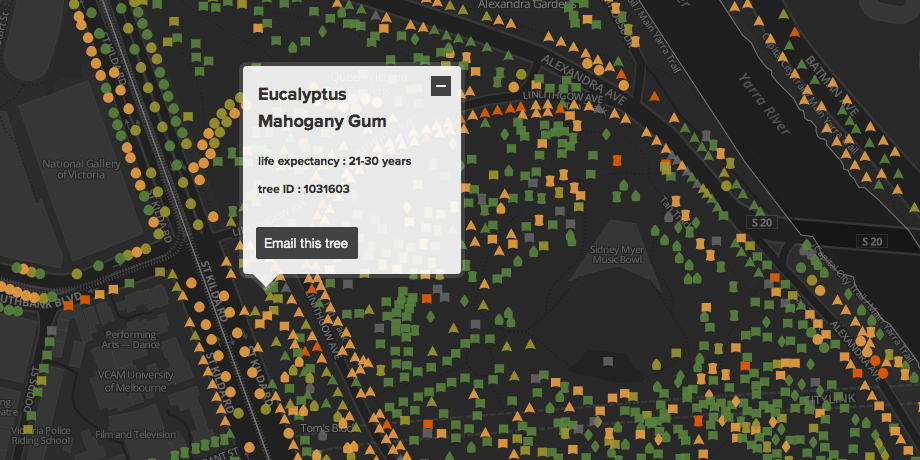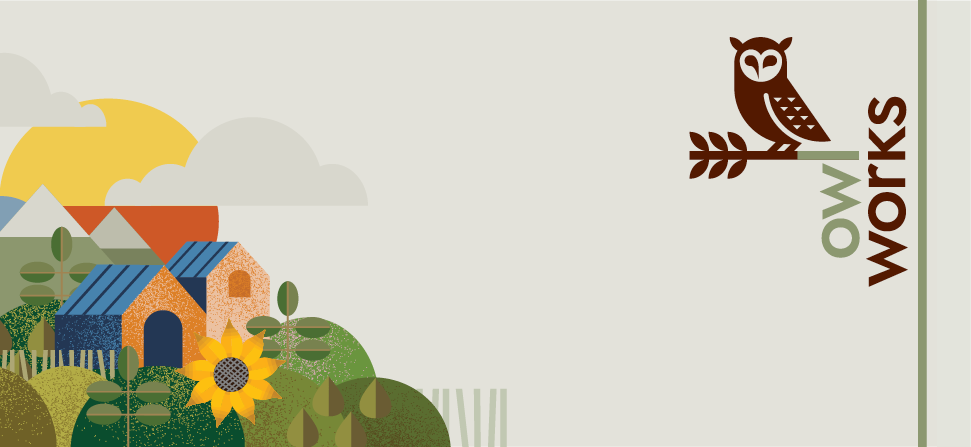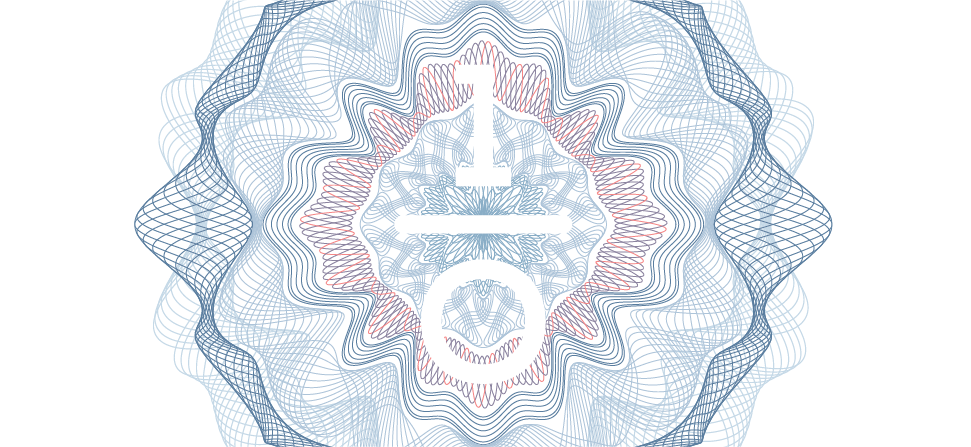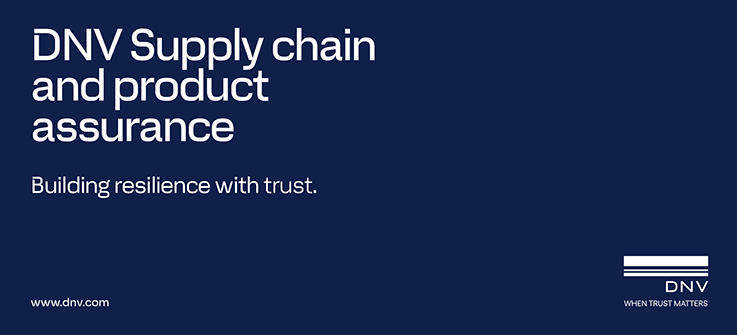
This year’s event, my first and sadly, AGIdeas’ last, once again assembles the movers and shakers from the realm of design ideas and creativity while boldly tackling the biggest hurdle that challenges us all: The Absurd, or as this year’s muse MC Escher put it: “going to the basement by heading upstairs”. For our speakers (and most of us too), “the absurd” is that dreaded creative mental block, formed by doubt in our own abilities, confidence, in our social standing or our naysaying peers and friends. This same wall that has stood on the paths of the 40 speakers from over 19 countries at some point of their respective lives and that very same wall that our guests have triumphed over to tell their stories. “If I had heeded the words of my family,” Alla Wolf-Tasker said, “I wouldn’t have enjoyed the success of The Lakehouse and the doors that opened for us today.”
For me personally, this year’s event has helped me tremendously in understanding the role of the designer and more so, our collective “usefulness” beyond abilities to communicate visually. This time it meant the power to effect change and more specifically, positive change in a world that desperately needed it.
Although this year’s crop came from all across the creative categories (architecture, industrial design, environment specialists, advertising, social and educational etc), I’d like to single out what I reckon to be 3 main archetypes of who designers are: The Designer as Scientist, Artist and Activist.
The Designer as Scientist
I’ve often seen innovation as the badge most worn by technologists, inventors and the likes. But who knew that it also takes a designer mind to build that bridge between physics and chemistry and everyday living? I was blown away by Studio Roosegaarde (Netherlands) and their solution to lighting highways with renewable energy or skyscrapers that inhales smog air and exhales diamonds.
…or how how Yu Kongjian’s ecological urban designs is reversing the pollution trends in 200 cities in China, turning the tide of negative press on pollution in China steadily and with good momentum?

Closer to home, Greg More of Oom Creative, one of the few data scientists in Australia who is refining the art of turning data into a valuable resource for decision making and creating a new visual language in the process. Thanks to him, even the trees around Melbourne have a voice! 
The Designer As Artist
Are we really surprised about this transition from problem solver to interpreter of dreams? I’ve known quite a good number of ex-designers personally who have done exactly that. Those who’ve had the courage to cross that rubicon.
As a massive fan of Luke Lucas’ calligraphic prowess, I was inspired by his journey from designer/content creator to typographic based illustration work, from conventional nine to five career to a financially rewarding freelance one. 
I was moved by Sandra Hill too, an artist who herself was a child of the Stolen Generations. Her art was hewn from overcoming a difficult childhood and life and now graces museums and galleries, a poetic reminder of how fascism can damage an entire nation. Art has the power to communicate: it is the designer of memories and the creator of things yet seen. 
The Designer as Activist
This might come as no surprise that this aspect of ourselves is for me, the most powerful archetype yet. In my own personal struggle to find relevance to the work that I do versus the accusations of design and advertising as ‘part of the problem’ of our mass consumerist world, I found John Bielenberg’s talk most empowering. He has championed initiatives that have motivated many young creative folks into positive social movements that are a huge help to society and replicated from one American city to the next.
From Mexico, Alejandro Magallanes used his iconic personal graphic design style in the war against drug-gang related violence and murder with a simple logo that galvanised the entire country and moved the government to firmer action.

And from India, advertising creative director Agnello Dias showed us a campaign that brought the house down. His award winning work for The Times of India culminated into a national conversation not seen since the time of Gandhi. Never shying from controversy, his ideas are brave and left me wondering if Australia could even benefit from that sort of bravery in our own advertising. No surprises that his campaign as well as many others have landed his agency in the world’s top 10, with awards from every top industry competition from The One Show to Cannes.
Conclusion
The take-home crux of this 3-day ideas-fest is really this: that our roles are evolving in tandem with a world that has big problems to solve. And only by fighting the absurd can we find our own survival and our place. Unfortunately, it is my opinion that while the ideas shared inspire us as creative people, they really should be seen by one and all, non-designers especially. The blurring of lines can only mean that we are not defined by what we do but each and every one we collaborate with to make those plans a reality.
We are all designers and with a little bit more courage we can do anything. Even change the world.
More on what YOU missed here.











